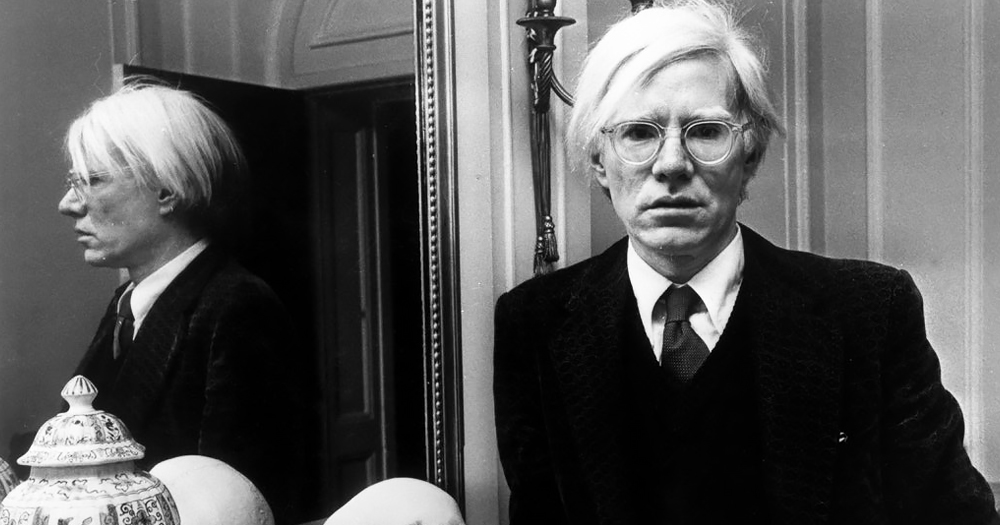Pop culture guru David Ferguson is back, describing how a new documentary about Andy Warhol reintroduced him to an artist he only thought he knew.
It feels to me like I have always known who Andy Warhol was – he has seeped into pop culture consciousness. However, I have never been a huge fan of modern art or pop art so that’s probably why I looked at Andy’s Campbell Soup Cans and didn’t delve any further.
A couple of things happened recently that changed that. One was the discovery of a poster Warhol did for the film Querelle, which I watched recently (a possible topic for another time), and the second was the release of a docu-series about the artist.
The series has an interesting premise, making use of his published diary entries (published posthumously in 1989) and basically telling his story in his own words. The diaries begin after he was shot in 1968 by Valerie Solanas, and the episodes look into his personal life while at the same time filling us in on his history as an artist.
He has a story that would be very familiar to a lot of gay men – growing up in a place where he couldn’t be himself (Pittsburgh) and having to move away (to New York) to develop as a person and an artist. The episodes also delve into his family life, being bullied growing up (and the interesting way he dealt with it) and being very self-conscious about his looks. Particular relationships are focused on – I sometimes groan at the people who are picked for these talking heads sections on TV shows but this series manages to pick people who are both relevant and have something to contribute.
On the artistic side, I learned a lot more about him in terms of queer subject matter. Beginning with his 1950 Boy Book drawings, homoerotic and explicitly sexual images are seen through the entire range of his artistic life. You can see it in his Sex Parts prints as well as in his movies. In the 1970’s, he created his Ladies and Gentlemen series. The subjects were recruited by Warhol’s friends, many from the Gilded Grape bar, a popular hangout for New York’s Black and Latinx trans women and drag queens. For decades they were unlabelled and anonymous until researchers uncovered their names and identities in 2014.

Probably the most famous of them was Marsha P Johnson, one of the most prominent figures in the Stonewall Uprising. There has been some ethical debate as to Warhol’s use, and possible exploitation of these models. Johnson later discussed struggling to afford a place to live while the paintings made thousands. This exploitation issue was believed to have led to his shooting. Towards the end of his life, Warhol created pieces that some experts believe were inspired by the HIV/AIDs Crisis. An example of this being The Big C, which some say reverences the gay “cancer” as the disease had been labelled back in the 1980’s.
However, a proper study of the queerness of his work did not really begin until after his death. His lack of activism for the queer community has been suggested as one of the reasons for this “queer erasure”. Listening to the people that knew him speaking in the docu-series, you see that they find it difficult to see that part of his life in the person as well as his art. It’s an interesting discussion which has certainly inspired me to delve a little deeper.
You can check out more of David Ferguson’s pop culture musings here.
© 2022 GCN (Gay Community News). All rights reserved.
Support GCN
GCN is a free, vital resource for Ireland’s LGBTQ+ community since 1988.
GCN is a trading name of National LGBT Federation CLG, a registered charity - Charity Number: 20034580.
GCN relies on the generous support of the community and allies to sustain the crucial work that we do. Producing GCN is costly, and, in an industry which has been hugely impacted by rising costs, we need your support to help sustain and grow this vital resource.
Supporting GCN for as little as €1.99 per month will help us continue our work as Ireland’s free, independent LGBTQ+ media.
